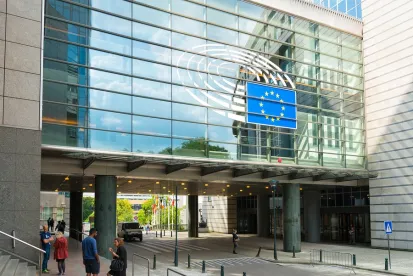On October 19, the European Securities and Markets Authority (ESMA) published a consultation paper on draft regulatory technical standards (RTS) concerning central counterparties (CCPs) under Regulation (EU) 2019/2099 (EMIR 2.2) (the Consultation Paper).
Under EMIR 2.2., ESMA, in conjunction with the European System of Central Banks are required to develop RTS where a CCP wishes to extend its business and requires an extension of authorization to do so. ESMA is also required to develop conditions for CCPs under which changes to the models and parameters are substantial and require validation by the national competent authority (NCA) and ESMA.
In the Consultation Paper, ESMA proposes a flexible and pragmatic approach, with a degree of discretion by dividing the conditions into criteria and indicators regarding additional services and activities requiring an extension of authorization. If both criteria and indicators have been met, the condition would be subject to a college consultation on whether the procedure should be triggered under Article 15 of EMIR.
ESMA clarifies that because the criteria are objective, they are capable of a simplified college consultation procedure where the CCP’s NCA finds that one or more of the criteria have been fulfilled by the CCP’s proposed changes.
However, the indicators would be subject to an extensive college consultation procedure because they are more complex. ESMA proposes that the CCP’s NCA assess the indicators and if one or more indicators have been fulfilled, the NCA should carry out an initial analysis of whether an extension of authorization or a validation is required. The college should then be consulted on the outcome of the NCA’s initial analysis, but the final decision would remain with the NCA.
ESMA further proposes that the same approach should apply to changes to models and parameters by a CCP.
The deadline for comments on the Consultation Paper is November 15. ESMA intends to publish its final review report and submit the draft RTS to the European Commission in the first quarter of 2021.
The Consultation Paper is available here.






 />i
/>i
